In 1977, Fresno was home to only one Hmong family. But within a few decades, the Hmong community blossomed into a staggering 35,000 residents, all refugees from Vietnam and Laos. They were resettled in the Central Valley and other parts of California as part of the U.S. State Department relocation program.
Unearthing Fresno's Hidden Rice Fields Through One Woman's Journey
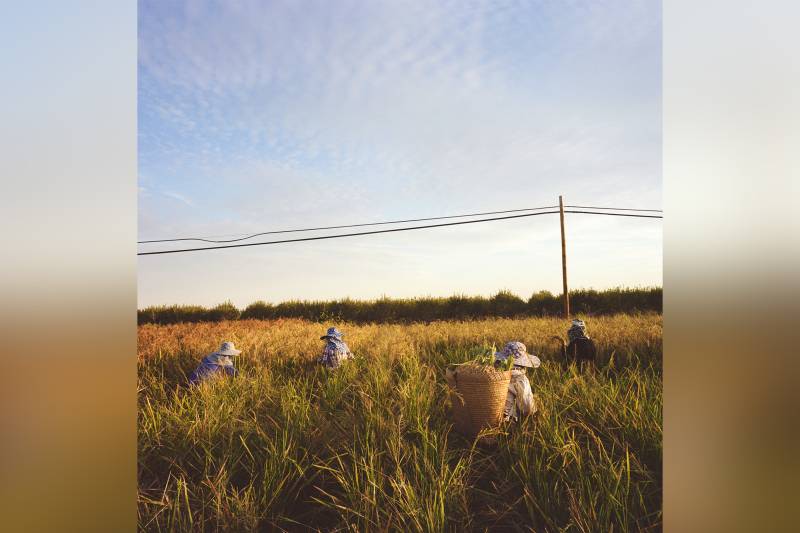
Ia Moua was one of those resilient refugees, arriving in Fresno with her husband and eight children in 1993. It was long after the Vietnam War ended and they were among thousands of migrants still awaiting resettlement from refugee camps in Thailand. Many, like Moua, didn’t speak English and couldn’t read or write in any language. They felt adrift in their new country.
But Moua’s unwavering determination and her deep-rooted connection to her homeland ultimately led her to embark on a remarkable journey — one that author and photographer Lisa M. Hamilton chronicles in her new book, The Hungry Season: A Journey of War, Love, and Survival. (Hamilton uses a pseudonym for Ia’s last name in the book. For clarity, we are using that last name as well.)
“The only way to really understand what drew me to telling Ia’s story is her persistence and this tenacity that she has,” Hamilton said. “Starting with so little, and then, really losing everything that she loves.”
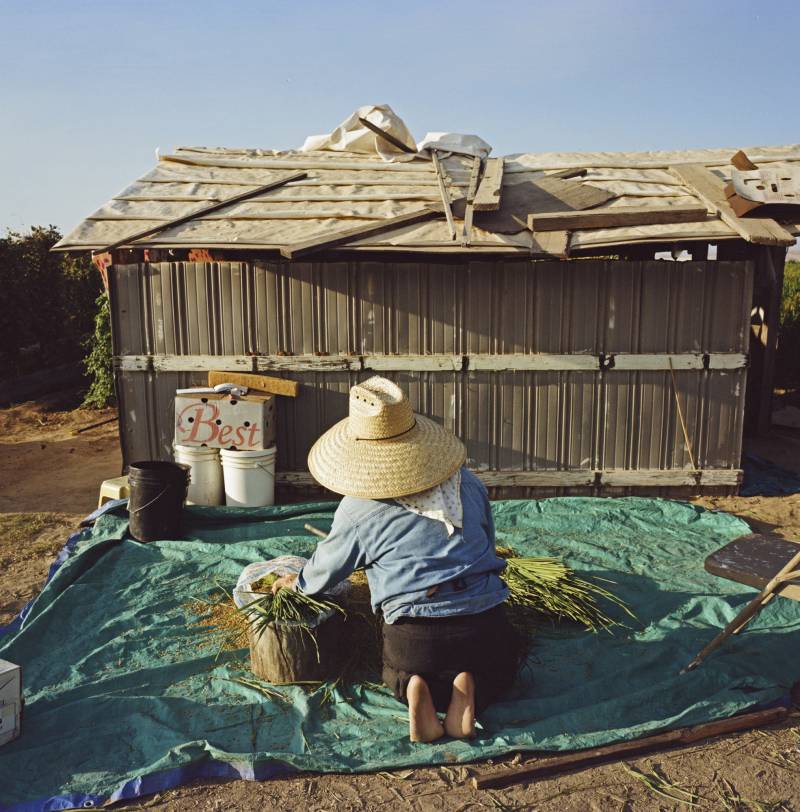
Hamilton’s, first book was called Deeply Rooted: Unconventional Farmers in the Age of Agribusiness. For this project, she’d initially set out to write about rice cultivation worldwide. Her path took an unexpected turn, though, when she discovered a network of Hmong farmers, predominantly women, many of them grandmothers, who were cultivating rice in the Central Valley. When Hamilton met Moua during a chance encounter at a farm in Fresno, the book she was writing quickly turned to focus on Moua’s intimate narrative.
“Ia approached me and also the interpreter who I was working with and said, ‘If you guys ever want to come talk to me, I’ve got some stories to tell.’ And I was immediately intrigued,” Hamilton recalled. “We came and visited her the next week, and after that, the book sort of effortlessly became about Ia. The rice receded into the background and Ia’s story became the focus.”
Rice as a bridge from Laos to Fresno
Born in 1964, Moua grew up surrounded by the chaos and violence of war. When U.S. forces retreated from Vietnam in 1975, they left the Hmong, who had allied with them during the war, vulnerable to retribution from the new communist government. The violence, persecution and displacement became unbearable, pushing Moua and many others to flee.
At 15 years old and nine months pregnant with her first child, Moua embarked on a harrowing journey to Thailand. Eventually, she and her husband and other family landed in a refugee camp along the Mekong River.
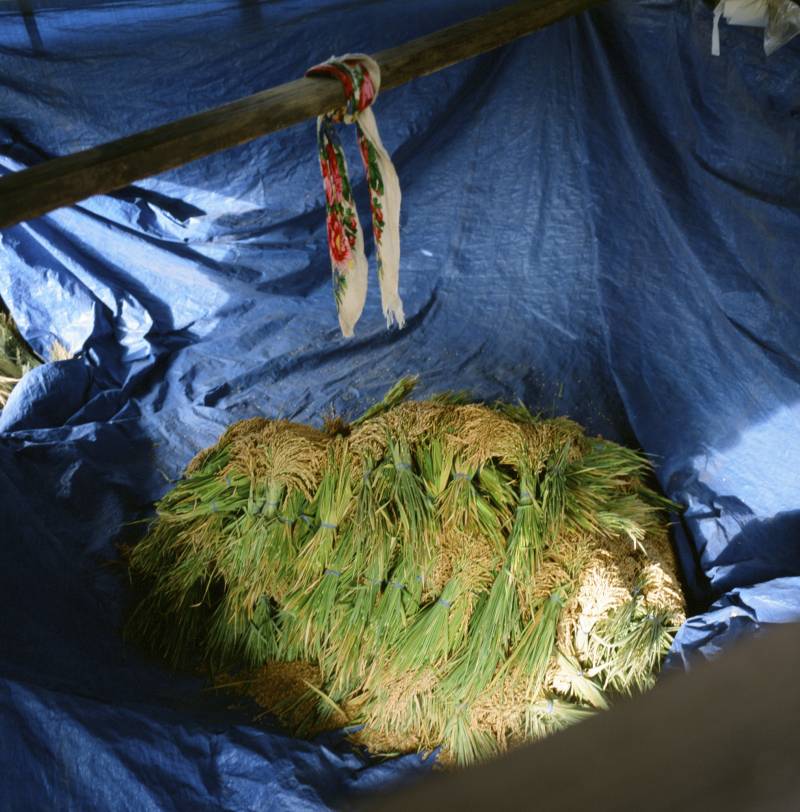
During the next 15 years, Moua birthed seven more children in the refugee camp. When the large family eventually boarded a plane to Fresno, Moua’s connection to her homeland and culture remained strong.
To bridge the gap between her new life in California and her memories of her family back in Laos, she decided to cultivate mov nplej tshiab. The name roughly means “fresh rice,” but much is lost in translation. It is unlike any variety sold in U.S. grocery stores.
In The Hungry Season, Hamilton writes about how Moua’s decision to plant 10 rows of mov nplej tshiab in a Fresno field was a way to connect to her parents back in Laos.
“The rice was a medium for memory, a spiritual bridge on which her heart could walk across all that longing and return to when she was with them both [her parents] in person. It happened when the first green shoots poked through the soil. Then when the leaves grew thick and wind rushed through them. When the plants miraculously flowered and then filled out the stomach of each little grain, the past that felt so far away came surging back.”
Hamilton’s book chronicles how Hmong refugees from all across Fresno arrive at Moua’s field to help pull weeds in floppy hats in searing temperatures. The fields are not just a place for hard labor. They’ve become a gathering ground for the Hmong community in Fresno. In turn, the harvest season is not just about hand-picking the crop. It’s a time for storytelling, socializing and singing.
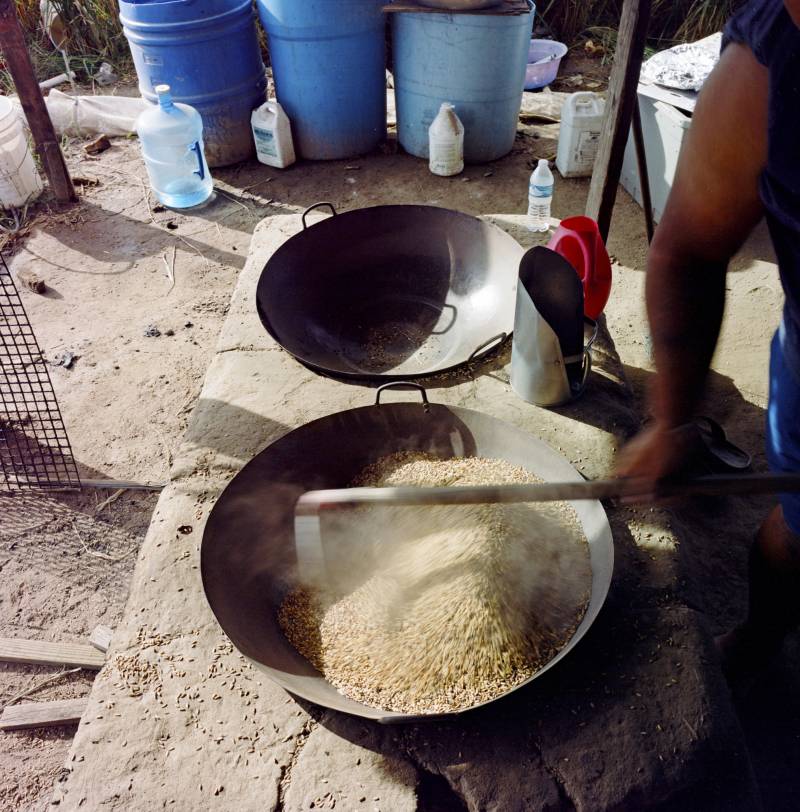
“The rice field, it’s this little postage stamp within Fresno that brings people back again and again,” Hamilton said. “Sometimes, Ia will be there working and she will hear singing. Singing is a way of sort of unburdening themselves, bringing their troubles outside of themselves. And the rice acts as a sort of listener.”
People start to appear. On Sunday afternoons especially, there are caravans of minivans and SUVs. People pile out the doors, and right there in the driveway they change their clothes, trading ordinary city outfits for the elaborate puzzle of pleated skirts and fitted jackets and long sashes that their Hmong ancestors once wore every day. Posing with the rice, they click off scores of photos. The best among them sing to the rice while the rest film videos with their phones.
Struggling to preserve a tiny family-run farm
The future of small-scale farms is threatened on all sides by industrial-scale Ag giants, and by climate change, which is making summers hotter and winters drier.
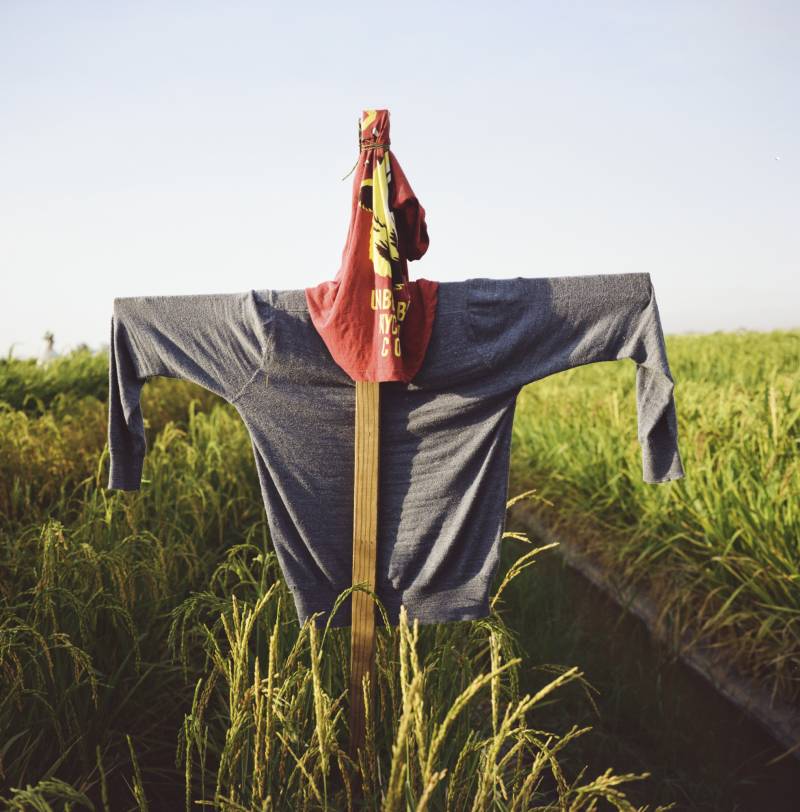
Moua’s children have sought employment indoors at Walmart or the Gap. Moua’s husband worked the graveyard shift at a poultry plant. Yet, amid the struggles, farming their own tiny rice plot provides these refugees a taste of autonomy and a personal sense of fulfillment.
Hamilton and interpreter Lor Xiong spent six years shadowing Moua in the rice fields. Hamilton learned to cultivate rice while learning Moua’s life story.
“I wasn’t sitting at a table across from Ia with a microphone,” Hamilton explained. “It was really important to me that my work not take away from her work. She would continue working and I would work alongside her. So whether she’s planting rice, or harvesting rice or weeding — I was doing the same thing. Following up, following alongside her, Lor would be with us, holding the recorder and interpreting.”
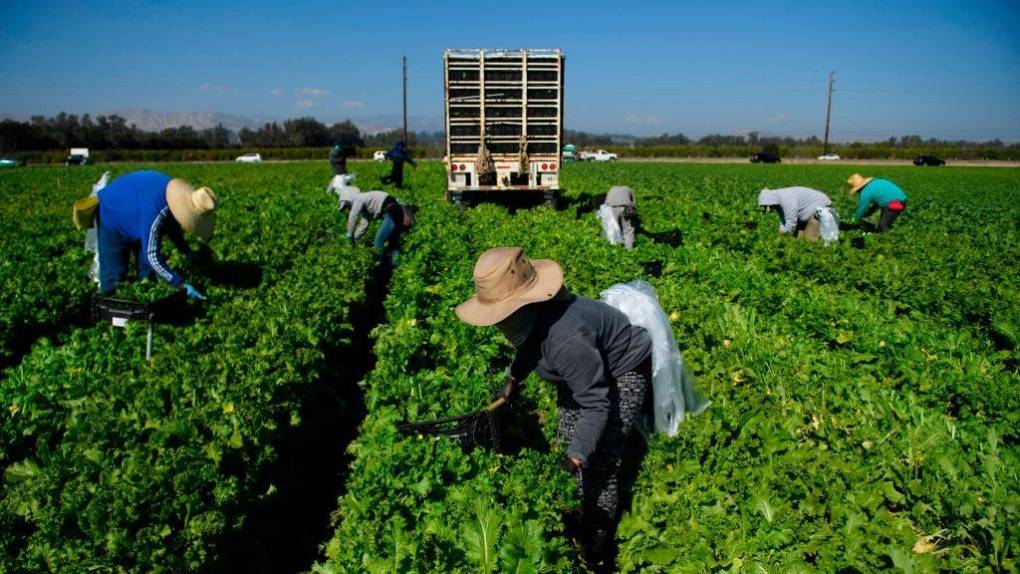
Along the way, the three women, author, subject and translator, cultivated a profound friendship.
“Ia and I would be working, and kind of the way you talk to a teenager in the car, so you don’t have to be looking at each other. There is just this sort of ease that comes from just being together,” Hamilton said. “We did this over the course of five years.”
One challenge, though, is making sure that Moua can read the biography Hamilton wrote. She doesn’t read or write in Hmong or English.
“I promised [Ia], and really myself, that I would raise the money to have [The Hungry Season] translated into Hmong and then record it as an audiobook, which I intend to distribute for free,” Hamilton said. “When Ia can finally listen to this story, then the book will be complete.”
